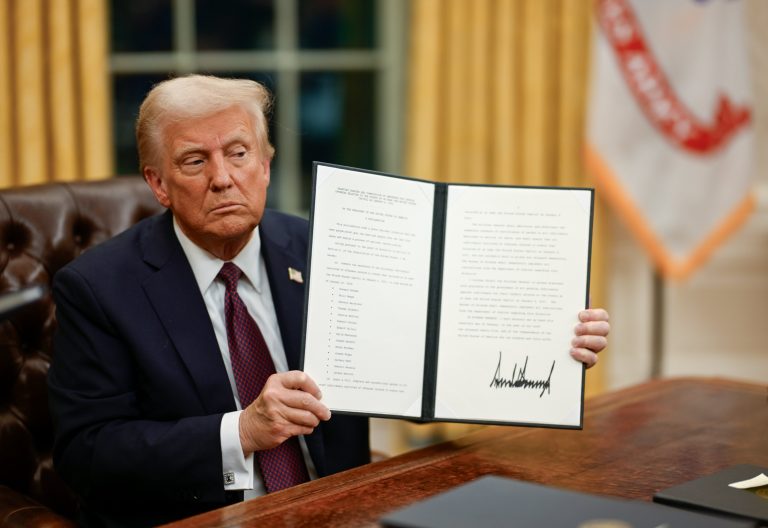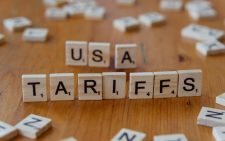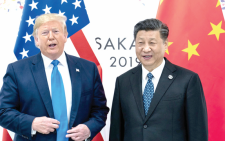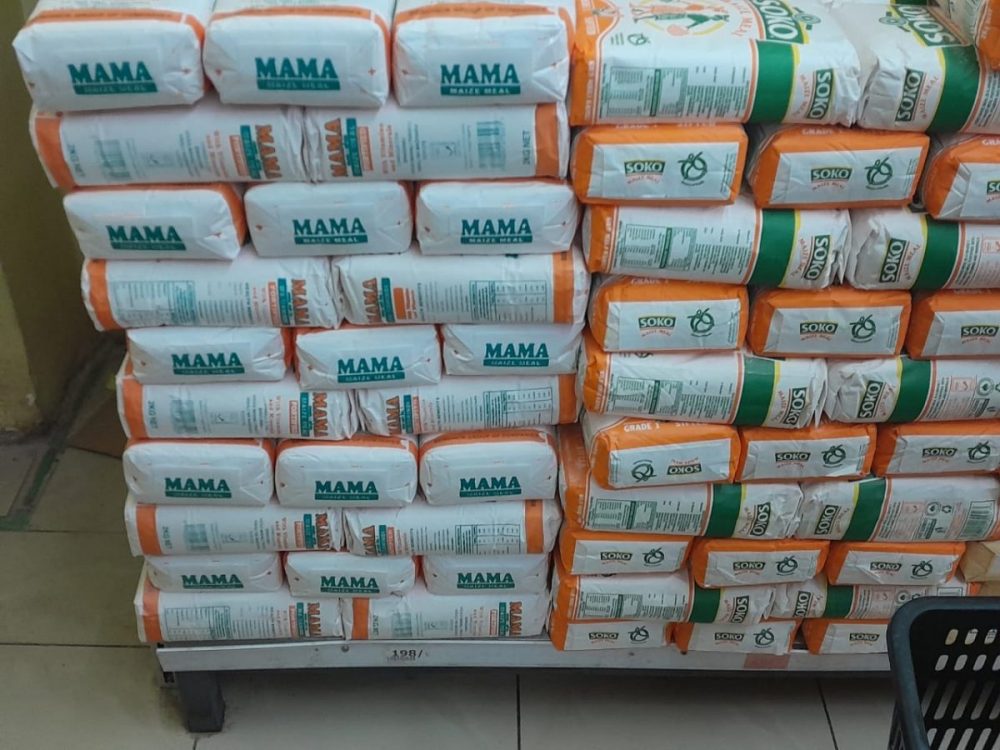US-China trade war to swell inflation

On Wednesday, the White House clarified that the tariffs imposed on Chinese goods coming into the United States are 145 percent. The total now includes the recent hike to 125 percent from 84 percent that US President Donald Trump announced, as well as a 20 percent fentanyl-related duty that the president had previously imposed.
The US leader further charged that he had temporarily reduced the tariff rates on imports from most countries, except China, to 10 percent for 90 days. He also declined to rule out extending the 90-day reprieve.
However, China has said it will not flinch if trade dynamics were to escalate into a trade war. Just hours before Trump’s tariff pause announcement, China raised its retaliatory levies on US imports to 84 percent from 34 percent that went into effect Thursday.
Beijing, which has said its charges take effect on Thursday, has urged other countries to unite against Trump’s tariffs as the country’s exporters reel from the crippling new levies.
China’s foreign affairs spokesperson Lin Jian was categorical that Beijing will firmly oppose and will never accept such hegemonic and bullying practices. This is because the hiked tariffs have come at a difficult time for China’s sluggish economy, with domestic consumption remaining weak and exports still a major driver of growth.
The sweeping nature of Trump’s tariffs has also left Chinese businesses scrambling to adjust their supply chains with most of the countries affected, with a majority of the firms saying that it is hard to find a way out of the uncertainty.
Higher tariffs raise costs for freight forwarders, as well as for factories, companies and sellers. In essence, everyone in that supply chain will earn less. Any tariffs upwards of 35 percent will wipe out all the profits that Chinese businesses make when exporting to the US or South East Asia. These tariffs will make growth much lower since exports contributed to about 50 percent growth since the Covid pandemic.
In retaliation, Beijing is now considering banning Hollywood films and suspending fentanyl cooperation with the US. However, that would offer little comfort to firms like Fuling, which sells disposable tableware to US fast food restaurants like McDonald’s and Wendy’s.
In addition, Trump’s new tariffs have introduced more uncertainty for Chinese exports from Indonesia, which are now subject to a 32 percent levy. Economists have now warned of a US and global recession. The tariffs have shaken world markets and drawn criticism.
While China has left the door open for talks, Trump has not spoken to Chinese leader President Xi Jinping since returning to the White House in January. Such sweeping tariffs will cause more harm than good. The upheaval is unprecedented because it remains unclear how the current measures will benefit consumers in either nation or the broader economy.
The new levies might now force China to restructure its economy and rely heavily on domestic consumption, which it has been struggling to boost. The tariffs will not be sustainable for China in the long term. If the tariffs were less say at 10 percent or even at 20 percent, businesses might still be able to absorb the cost by optimising supply chain, cutting margins and sharing the burden.
China produces far more goods than Chinese households or companies can buy and it exports the rest, resulting in a global trade surplus of almost $1 trillion last year as it shipped electronics, chemicals, toys and furniture to the US and other countries including Kenya.
According to Chinese customs data, electronics, machinery, furniture and toys accounted for more than half of Chinese shipments to the US last year. Already, exporters in China’s manufacturing belt in the south are feeling the brunt.
However, while the hit to exports would hurt, China has the tools to cushion its economy from the worst of Trump’s attacks by bringing forward or ramping up already planned stimulus.
— The writer is the Chairman of Political Journalists Association of Kenya (PJAK)















